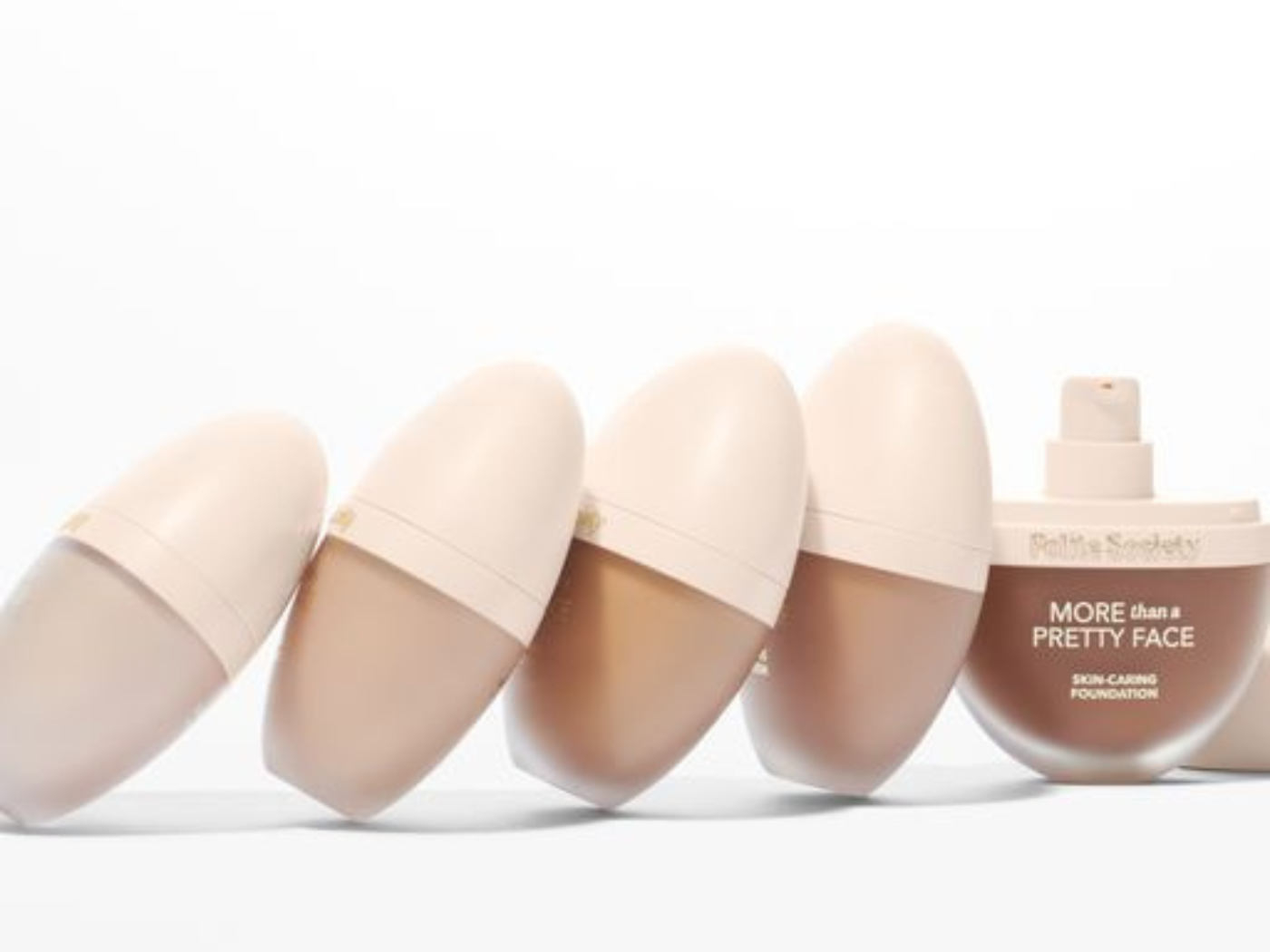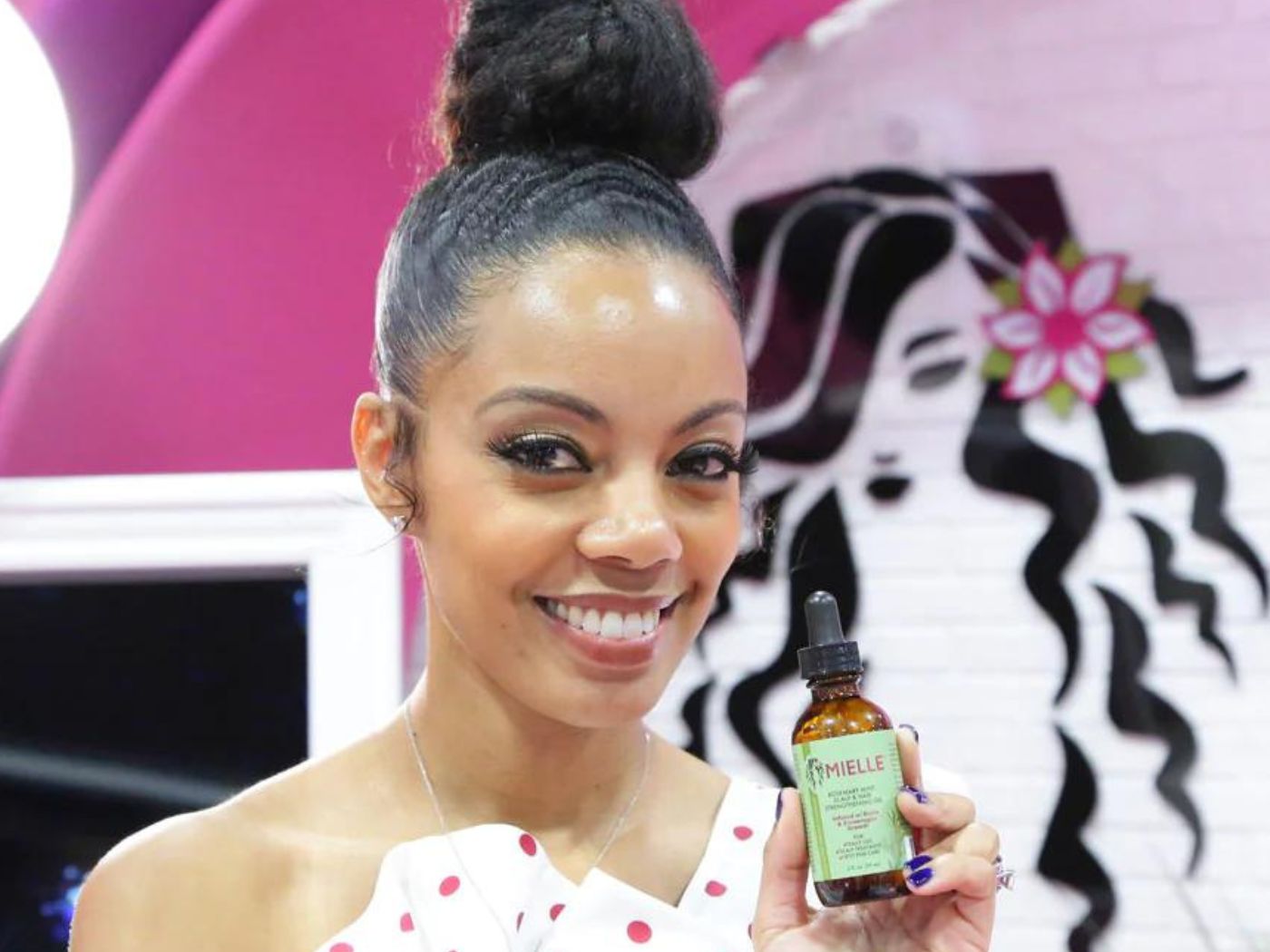Key Takeaways
Jefferies spent two weeks in multiple AsiaPac markets and found core demand for beauty to be robust (+DD) with growth vulnerability at the periphery. China is 70%-80% of the region’s growth and border tightening is remixing inland vs corridor spend. Beauty’s accessibility has advanced, now within reach of most and mobile is the conduit. Its affordable luxury appeal to status-seeking consumers positions beauty to continue to overgrow +LSD utilitarian categories.
Top 10 Preliminary Beauty Observations From AsiaPac Markets
1. Beauty is THE accessible luxury. For many AsiaPac consumers, Beauty is the gateway into luxury and prestige. Beauty bags are price diverse but in a growing percentage, the beauty consumer is “starting up,” entering the category for the first time in lux/prestige, bypassing the natural order of starting in mass and “trading up.”
2.
Foreign Prestige Brands Preferred to Local. Foreign labels continue to gain share at the expense of local and we heard from several beauty brands that ensuring authenticity and efficacy is critical to the Asian customer, especially in China.
3.
The Juggernaut is China. China is big and participation in the beauty category is growing as online platforms have extended reach to underserved cities. More than half of beauty category growth is being derived from e-com, which accounts for near one-quarter of all beauty sales.
4. Consumer is Young & Aspirational. The young are inspiring the old to engage in beauty at higher levels of spend and frequency. The younger generations are especially aspirational and see brands/logos as a sign of status, independence, and self expression. We were surprised at an often 10-15 year younger skew for skincare brands in Asia. Asian consumers and cultures (China, Korea, Japan) adopt anti-aging regimens at 20 years old vs. Western markets at 35-40 years old.
5.
Word of Mouth WeChat. 1.1B users sending over 30B texts a day. Brand virality potential at a whole new level.
6.
Beauty Enthusiasts Are Demanding Better Everything. Brands have to continuously innovate to stay in the game as new brands entering the markets continue to challenge incumbents. Clean ingredients, modernized delivery systems, solutions for unique/ethnic skin problems, green end to end processes, responsible and ethical companies, accessibility anywhere anytime to name a few.
7. Recruit (Counters) + Retain (E-Com) and then Repeat. Channels have different purposes – counters & boutiques favored for exploration and recruitment, online for replenishment. But online is gaining first purchase authority as data, analytics, and AI improve customer experience and curation.
8. Uni-view Of The Consumer Is Possible & Powerful. Mobile links search, social, location, e-com and payments allowing for a holistic behavioral view of a single consumer, and in markets like China it’s creating increasingly precise suggestive selling models.
9. Rule Changes At China Borders Have Regional Network Effect. Travel retail traffic was slower per store level associates but flights and gatehouses were full. Bags were machine screened at customs crossings. Diagou operations are under watch, spooking some to wait on rules updates. On Wed, China issued changes in cross border duty free e-com (raising amount permitted) suggesting mainland growth is still the priority.
10. Alibaba Is No Amazon, It’s Better. One ecosystem, many functions, at hyper speed & scale backing a true brand building platform. Amazon is a demand harvesting portal by comparison. East will meet West and brands and brand-seeking consumers favor Tmall.



